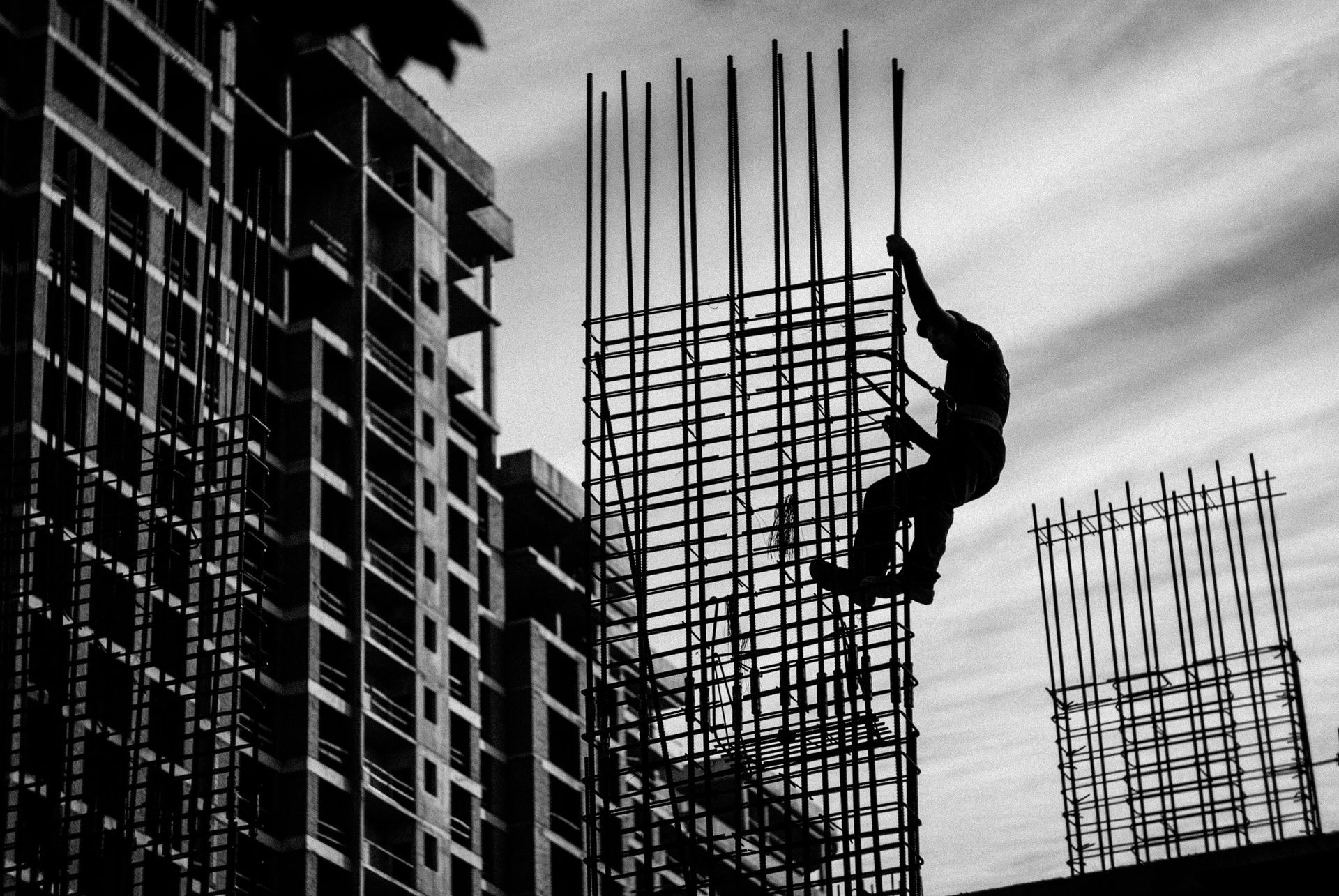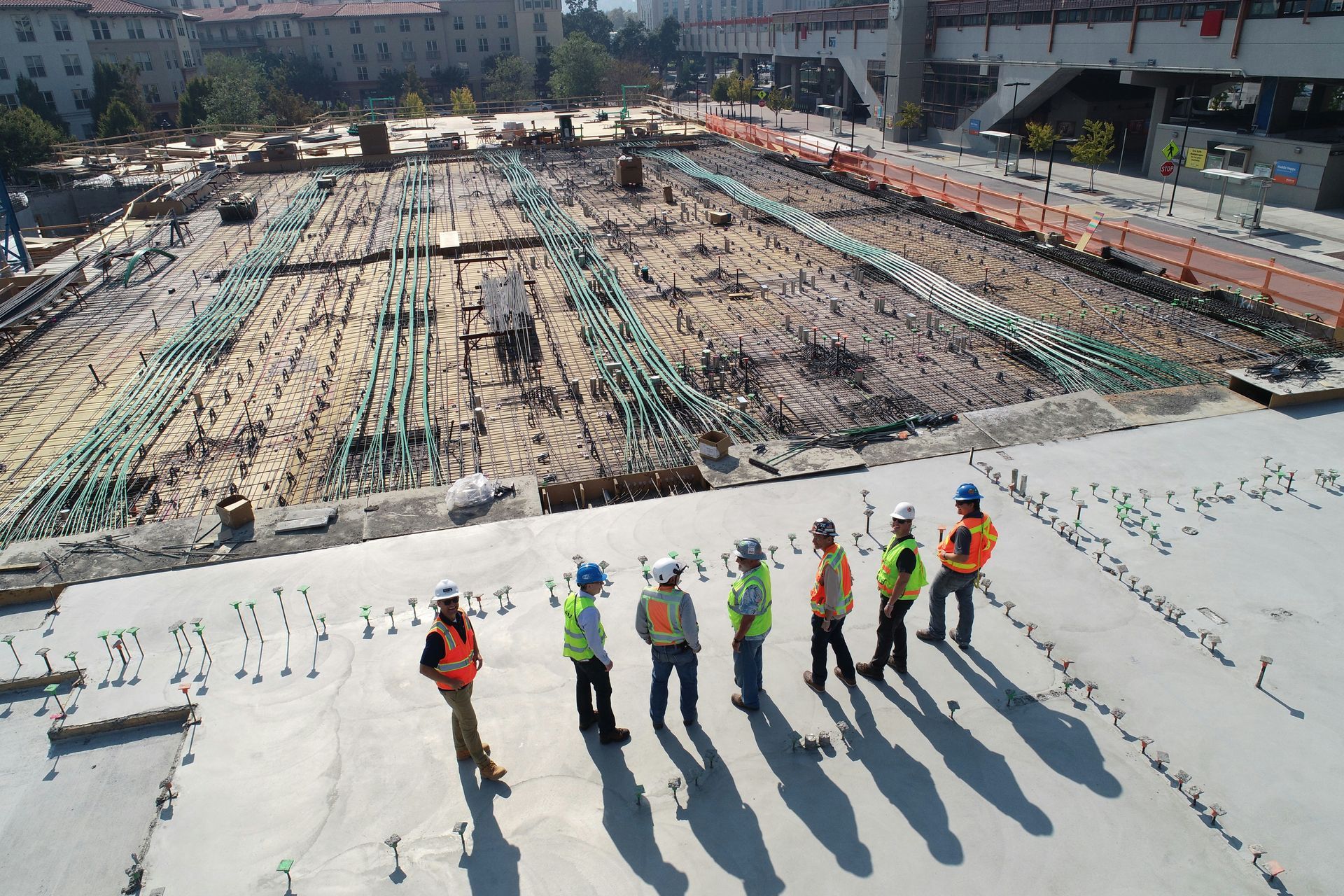EHS and Risk Management Support for the Construction Industry
Get connected with local certified safety managers for OSHA training and site inspections to reduce risk and stay compliant.
Construction Safety Programs
How Builders Use YellowBird to Prevent Injuries and Avoid Costly Delays
Most construction safety programs aim for compliance. YellowBird Pros aim for zero incidents. If your crews are relying on dated inspections, inconsistent training, or overstretched internal staff, you may be checking boxes without actually reducing risk.
At YellowBird, we help contractors move beyond box-checking and into proactive risk prevention.
Discover How YellowBird’s EHS & Risk Management Platform Supports Construction Safety
We Go Beyond Compliance
Why Compliance Alone Isn’t Enough to Keep Crews Safe
Most construction firms believe they’re protected because they meet minimum OSHA requirements. But:
- Nearly 1 in 5 workplace deaths in 2022 occurred in the construction industry, and 38.4% of those were due to falls, slips, or trips*
- OSHA issued over $116 million in construction-related penalties in 2023, with fall protection violations leading the list*
- More than half of workers’ comp claims in construction involve employees with less than one year of experience*
Outdated methods can’t keep up with today’s jobsite demands. Real safety requires boots-on-the-ground support.
*Source: BLS, OSHA, Travelers/ABC Central Texas
Close Safety Gaps and Prevent Incidents
Explore Construction Safety Services
Safety Manager
A Safety Manager is a professional responsible for developing, implementing, and overseeing safety policies and procedures within an organization, ensuring compliance with regulations and creating a secure work environment.
Mock OSHA Inspection
A Mock OSHA Inspection is a simulated regulatory compliance evaluation conducted within a workplace to assess and enhance adherence to Occupational Safety and Health Administration (OSHA) standards, identifying potential hazards and ensuring preparedness for official inspections.
OSHA 10 Training
OSHA 10 Training is a 10-hour occupational safety and health course designed by the Occupational Safety and Health Administration (OSHA) to provide workers with fundamental knowledge on workplace hazards, safety practices, and their rights, contributing to a safer and healthier work environment.
Safety Experts Near You
Safety Pros Who Understand Construction Sites
YellowBird gives you access to thousands of vetted EHS professionals across the U.S.—ready to support your construction projects with real-world safety expertise.
We’re the trusted safety partner when:
- Your safety manager can’t be on every site at once
- You need rapid compliance support to stay on schedule
- You want to reduce injuries without expanding headcount
- You need OSHA-certified trainers or temporary safety staff fast
Professional Safety Services
Construction Safety Services
Safety Assessments
Read More →
Staffing
Read More →Trainings
Read More →Policy Development
Read More →Safety Without the Overhead
Create a Scalable Safety Program for Every Jobsite
Your internal safety team has limits. YellowBird doesn’t. With thousands of vetted, insured safety professionals available nationwide, we help construction companies roll out scalable safety and compliance programs that match your pace of work. Here’s how we support construction teams:
Nationwide Coverage, Local Pros
Our safety professionals are already in your regions—no travel costs or delays.
Built Around Your Jobsites
Your risk profile, project type, and trades shape how we build your safety program—whether you're breaking ground or topping out.
Tailored Pricing for Multi-Site Projects
Build safety into your bids with predictable program costs across locations.
Defensible Safety Documentation
From toolbox talks to emergency plans, our Pros help you prevent incidents and prove due diligence.
Build a Program with YellowBird
Your in-house safety or risk specialist can’t be in multiple places at once. But with YellowBird Pros nationwide, you can build your program at scale with ease. Control how your organization manages EHS and Risk Management with YellowBird.
Professional Safety Services
Other Industries That Trust YellowBird with Safety
News and Industry Updates












